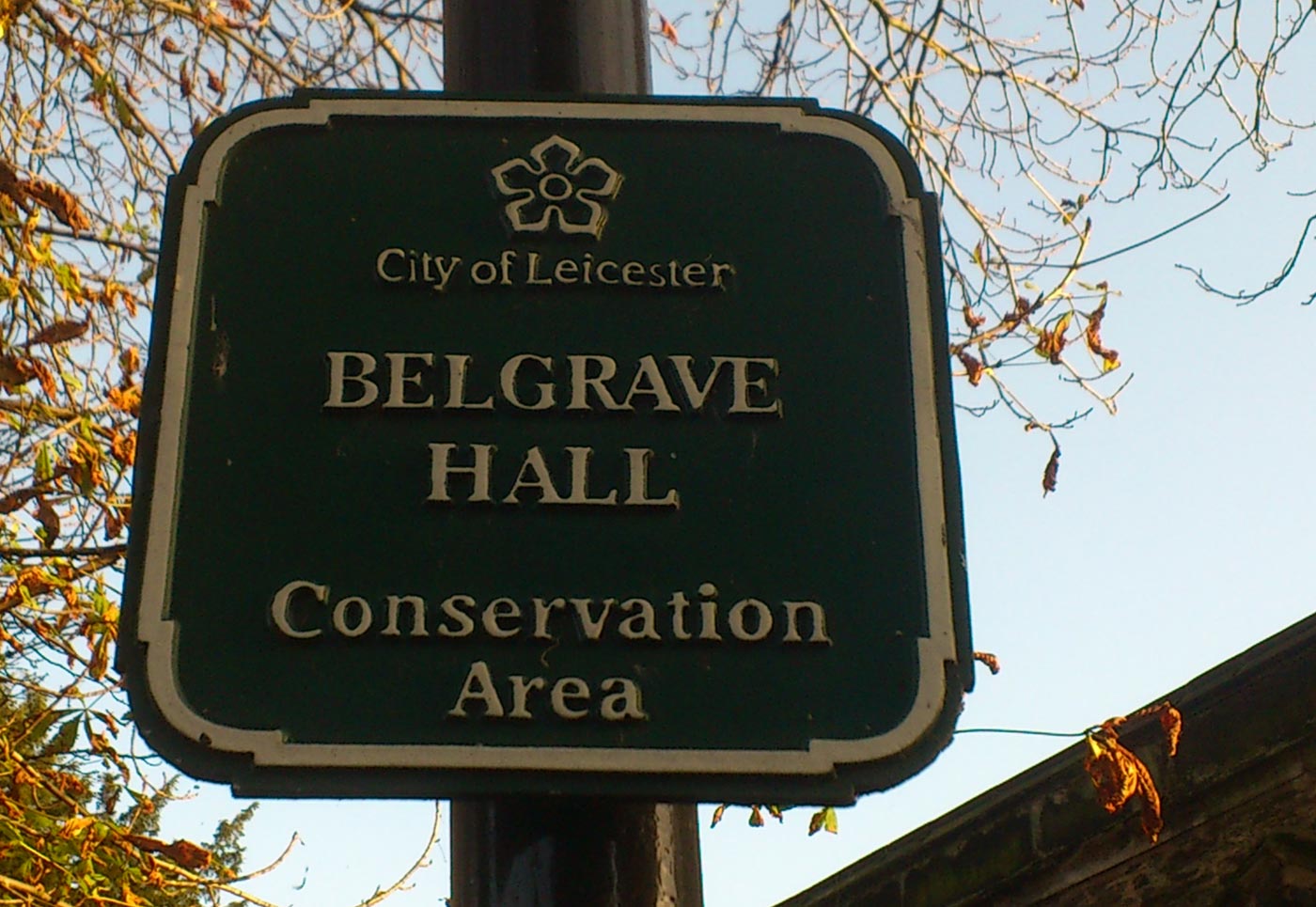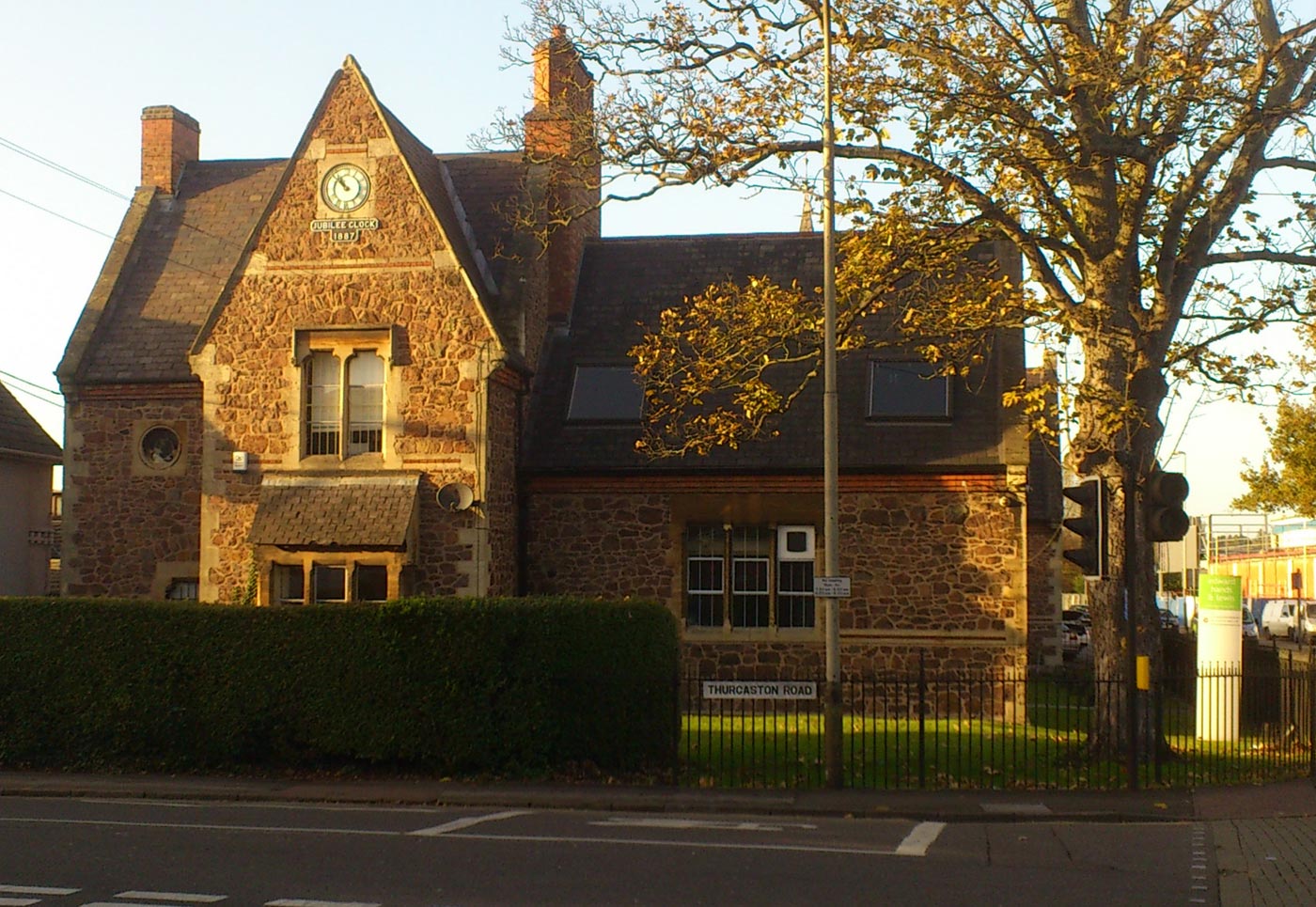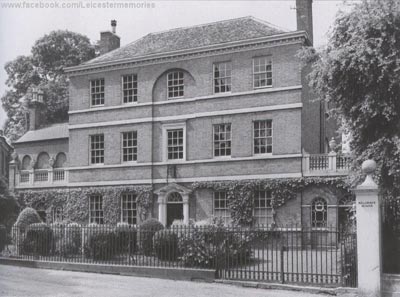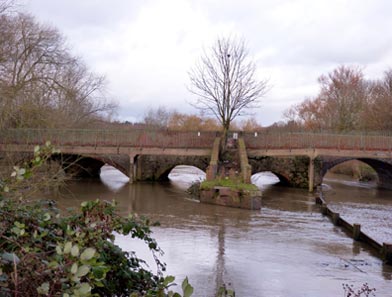Belgrave Village
Belgrave was originally one of Leicestershire's ancient villages, the first mention of which, under it's original Saxon name of Merdegrave (which in old English means Martins grove) appears in Domesday Book of 1086 when it belonged to Hugh de Grandmesnil. Hugh had fought at the side of William the Conqueror at Hastings and was his chief cavalry commander. As a reward for his services, Hugh was granted several Manors / Lands of which this was one. However in French, "merde" translates as "shit"! One can imagine the giggles of the Norman scribes and other knights at hearing the name of the village that Hugh had been given. Sometime after 1086, Merde was changed to Bel which means "beautiful". Hence Belgrave became "beautiful grove" - much more pleasing!
For centuries afterwards, Belgrave continued as a small agricultural village quietly going about its' business. Things were livened up a bit when the English Civil War burst violently into Belgrave; records indicate that there were a number of skirmishes between the opposing forces around the Thurcaston Road bridge; and inside St Peter's church, there is damage to the Tudor memorial to Ambrose de Belgrave which suggests that it may have been used for target practice!
With the arrival of the industrial revolution things began to change and many of the cottagers were employed as framework knitters when the owners of the "New" Belgrave Hall arrived in the area. But life was by no means easy for the villagers; the Rev. Richard Stephens writes in the Minutes of the Belgrave Protective Society:
"14th May 1847
In consequence of the very high price of bread and all provisions and of the Framework knitters being almost all, thrown out of unemployment by their Masters, a meeting of the Influential persons in the Parish was held in the School room to consider of the best means of alleviating the present distress. - Present Rev R Stephens, Messrs Tempest, J Taylor, J Ellis, R Day, Bailey, Walker, J Noble, W Ward, W Brown, Wade, R Carr, Chapman, Shipley, Roughton, J Worsdale.
The Vicar having been called to the Chair,
It was moved by Mr Bailey and seconded by Mr J Noble and unanimously resolved, that a subscription be entered into to give relief to the necessitous and destitute families of this parish... ."
The subscription raised £62, quite a sum in those days and was used to purchase Soup and Bread for distribution to the poor. (The School Room that is mentioned here refers to the original School Room in Vicarage Lane, now long since demolished).
The fortunes of the area did eventually improve and as can be seen by some of the houses along Loughborough Road, there were some very wealthy residents, including the Chief Constable of Leicester at one point. As the wealth of the area grew so did the population and by the late 19th Century, many more houses were being built. But as Belgrave grew, so did the town of Leicester, at such a rate that by 1891, Belgrave was subsumed into the Corporation of Leicester.
The First World War saw many of the men of Belgrave enlist in the armed forces and the names of those who gave their lives in the service of their country are inscribed on the war memorial in St Peter's Church. The area continued to expand with some of the earlier 19th century houses being replaced by 1930's semi's. By the 1960's and 70's, large parts of Belgrave were cleared of the old Victorian terraced houses, including Mellor School, the Baptist Church on Loughborough Road and Claremont Street Methodist church, and were replaced with more modern structures.
However, it would seem that at this point, Belgrave started to go into a gradual decline. Matters weren't helped when the Belgrave Laundry Company closed down, followed by the Metal Box factory and then the British United Shoe Machinery Company, all substantial employers in the area.
In 1975 the old area of the village was declared a Conservation Area and it is this area that represents the nucleus of the ancient village and which we are striving to protect. With the renewed interest in historical matters we work with Leicester City Council to promote and revive the area.



